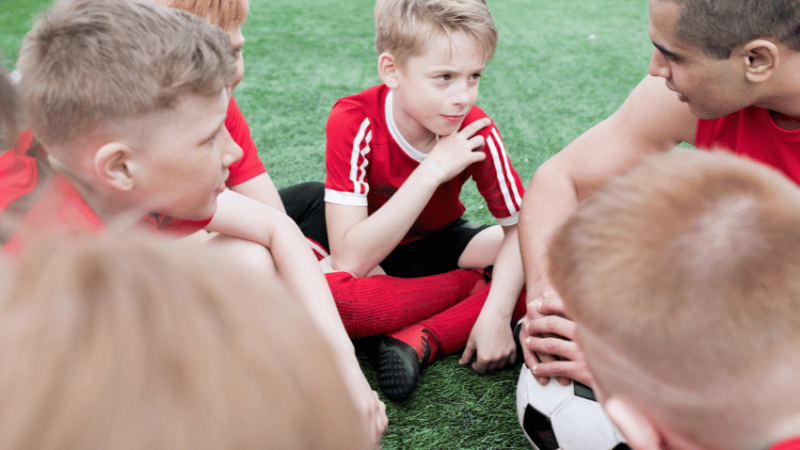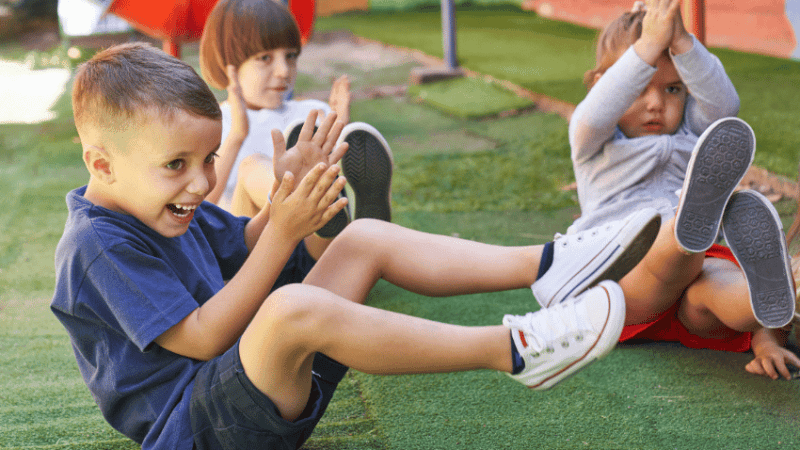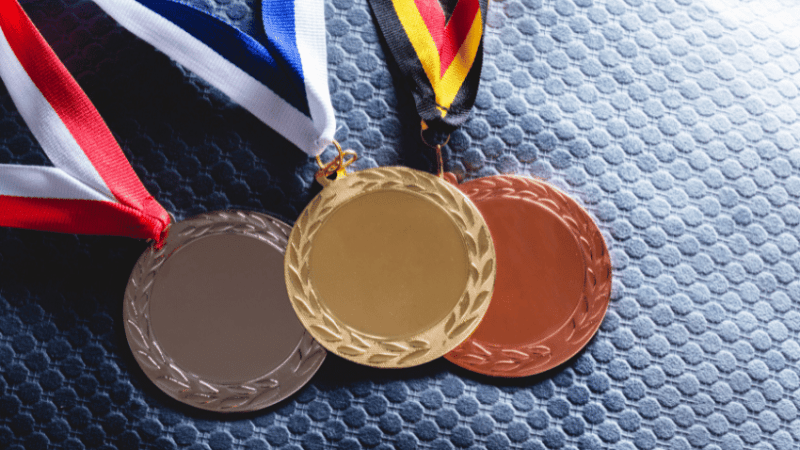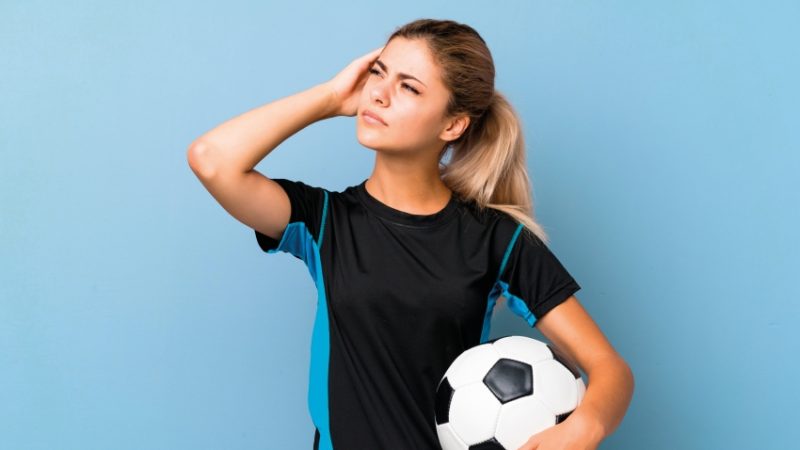Physical Education – How to foster the right kind of competitive spirit
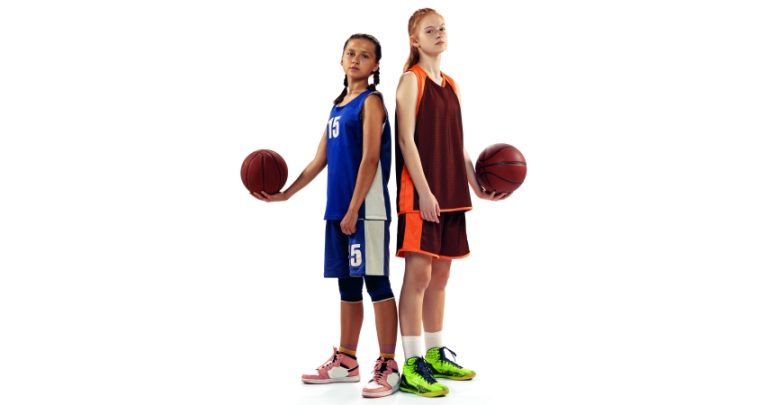
PE is unique for how it can encourage competition – but that impulse needs to be carefully harnessed towards positive ends…

- by Adam Douglas
- Trust sports development officer at Redhill Academy Trust
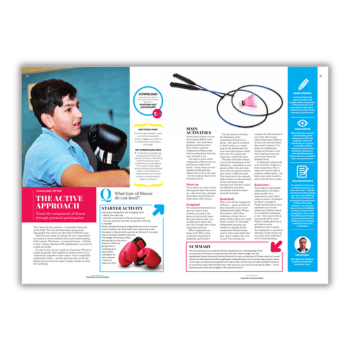
What’s great about PE, is that it allows young people to grow in different ways. Not just physically, but also by developing vital life skills.
Over the past few years, there’s been a renewed look at the competitive elements of PE, both within formal PE lessons and in extracurricular opportunities. Competition in itself, however, isn’t inherently good or bad. What matters is how that competitive element is fostered and delivered, and how young people are supported through their experiences of it.
We’re seeing a move away from the notion that competition is only ‘for’ certain young people who are traditionally competent and want to play sport outside of school, and towards the view that competition can be effectively delivered to a whole range of young people – so long as an understanding of their motivations and reasons for wanting to participate are at the heart of that delivery.
Creating the culture
In the broadest sense, competition can take place between one person and another, but also within yourself, in the form of achieving your own set of targets and goals. Within the same PE lesson, you might therefore have very different layers of competition taking place simultaneously – some of which may be better suited to certain individuals than others.
Some sports incorporate this really well, such as Ultimate Frisbee and its value scoring of opponents. Players don’t just compete against the other team by scoring points in a traditional sense, but also by awarding them a score based on values they demonstrate during the game, be it teamwork, resilience and so forth. Crucially, those scores contribute to overall competition rankings, so they’re not just a token, but fundamental to what the event is about.
PE teachers are ultimately responsible for creating the atmosphere, culture and environment students will be competing in. If you focus on rewarding certain types of behaviour, don’t be surprised when that’s the type of behaviour students end up exhibiting.
That’s why it’s necessary to understand young people more deeply, and learn how to manage their emotions effectively, rather than simply hoping that the ‘right’ kind of emotions present themselves. Young people in turn need to develop knowledge and understanding on how to deal with those emotions, and will need clarity as to the types of behaviours we want to see from them.
Emotional regulation
With the best will in the world, however, PE teachers can’t be expected to pre-empt everything. There will always be moments when young people struggle to control their emotions – sometimes because of experiences within the lesson itself, a previous encounter elsewhere in school or something at home that’s affecting them. The trigger could come from anywhere.
There are number of things teachers can do to prevent this from giving rise to negative behaviours. They can reinforce the types of behaviours they wish to see in lessons, and set clear expectations from the very start. When designing lessons, they can try to avoid the high pressure situation of having everything hinge on a final all-important match or competition at the end.
Sometimes, the desire to challenge someone else, be better and win can easily spill over into more negative impulses. Instead, teachers can be smarter in how they harness the spirit of competition in their lessons. Rather than tracking the score of a single climactic match, split that match up into halves or quarters so that there are regular opportunities to recognise success in people at different stages.
Role models
For all that young people can struggle to control their emotions, adults can find this difficult too. The lens through which young people see the wider world is now shaped more and more by social media and other outlets that present them with certain role models.
Who those role models are, the people they’re listening to and where they’re getting their advice from is hugely important. That’s why I believe professional sport has a part to play in demonstrating and celebrating great sporting behaviours, but also in calling out poor behaviours.
There’s always going to be a wider context when we see displays of aggressive behaviour in elite level sport, but ultimately, if young people are adopting certain players and competitors with problematic behavioural histories as role models, the relevant sporting bodies and authorities have a responsibility to manage and effectively promote the more positive values they want their sport to be associated with.
That won’t necessarily stop young people from continuing to follow their favourite role models via TV and the internet, but there will ultimately be no more important role models in their lives than the people raising them at home, the friends they play with and the teachers who are teaching them.
The right way to act
Ideally, there ought to be a diverse group of role models who our young people feel they can engage with and learn from. Whatever you’re into and whoever you are, you should be able to see someone who looks like you, or thinks like you, or who you can relate to.
Conversations should take place between teachers and young people in which the latter are encouraged to share sport-related behavioural incidents they’ve seen on TV and elsewhere and talk about them. Together, they can then start to unpack whether it’s the type of behaviour the students want to exhibit.
Part of what a PE teacher does is build conversations around the types of role models that young people are seeing and thinking about. If nothing else, it’s a great learning moment to include within a PE lesson.
The more teachers can talk to young people, support them in respecting themselves and help them understand the aims and purpose of their lessons, the more likely it is that positive behaviours and a better spirit of competition will become reinforced over time.
Good sports
- It’s important for teachers to understand their students’ motivations, and recognise and allow for the different levels of physical literacy, knowledge and confidence each individual student will have regarding general fitness or the activity at hand.
- Teachers can use preparation time ahead of competitive fixtures – or even the bus journey – to focus students’ attention on the behaviours they wish to see, and the success criteria they’ll be looking for.
- Adopting a success criteria that extends no further than simply scoring more points or goals and winning will establish expectations for students to succeed against factors entirely out of their control, such as skilled opposing sides or unfamiliar environments.
- If, instead, this measure of success is based on effective demonstrations of teamwork, particular styles of play or positive approaches to the game, good habits and attitudes will be reinforced over time.
Adam Douglas is development officer – sport programmes at the Youth Sport Trust; for more information, visit youthsporttrust.org or follow @youthsporttrust. Browse ideas for National Fitness Day. Read advice for preparing for PE deep dive questions.





